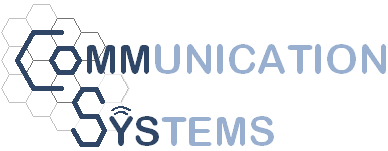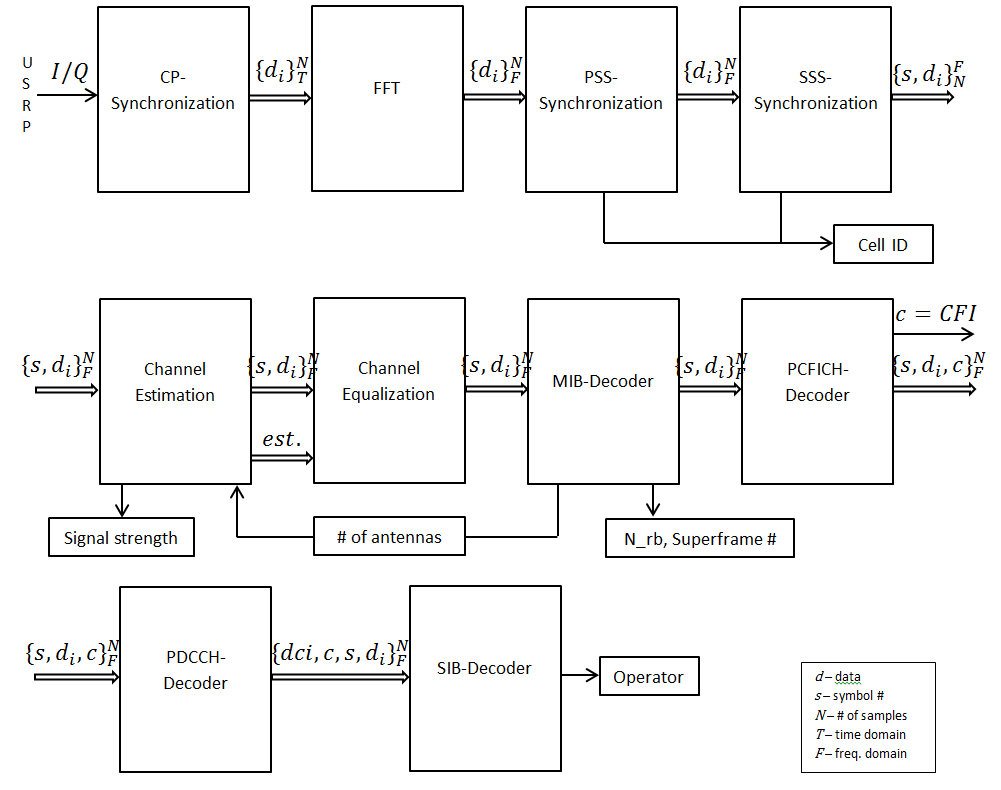
|  |  |
The Mobile Operator Utilization and Coverage Estimator
All mobile operators claim that their own 4G (LTE) coverage and data rates are the best. But whom to trust? Find out by yourself by using the MOUCE!

|  |  |
MOUCE 2.0 is an extension of last years project, this year, the goal was to build a system which can decode LTE signals, instead of GSM signals. The information that was mainly sought was the bandwidth used by the eNodeB (evolved Node B), how much the bandwith is utilized, the signal strength and operator information.

In LTE, the eNodeB uses OFDM to broadcasts a specific broadcast channel that contains information of the cell, i.e. what bandwith is used, the cell ID, operator information, and so on. Listening to the broadcast channel does not require a cellular phone, however, one must have a radio receiver for the 2.6 GHz band, which is the common frequency in urban areas.

The system consists of a universal serial radio peripheral (USRP) with an antenna, connected via USB to a regular computer. The USRP samples the signal that is received by the antenna, then converts it to complex base band reprentation and passes it through to the computer. In the computer the signal processing is done which roughly can be divided into the following steps: Synchronization, channel estimation and equalization, decoding and presentation.


The program was implemented using the GNU Radio toolkit. The program is built in blocks, where each block has a specific task. The blocks are coded in c++ and are connected to each other using python. The program also has a simple GUI, where the user can start the collection and processing of the data.
